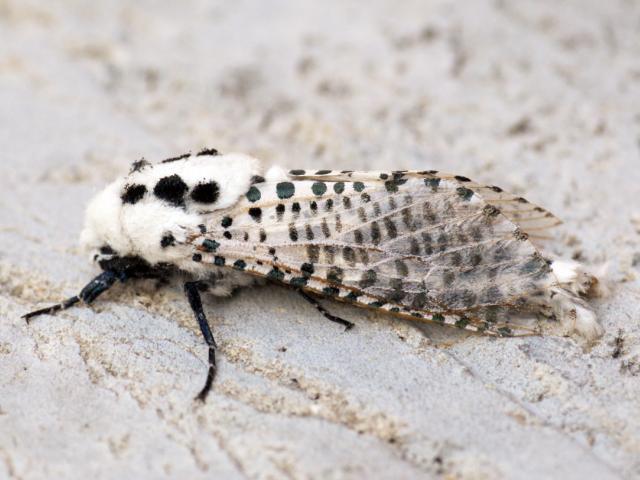
Leopard Moth
A large white or greyish-white furry moth, the Puss moth is named after the cat-like appearance of the adult. The female is generally larger and also differs in having a grey hindwing and sometimes forewing.
Eggs are laid singly, or in twos or threes on the uppersides of leaves. When disturbed and as a warning, the striking caterpillars will raise their head and wave twin tails, which have pinkish extendable flagellae. They may even squirt formic acid at the attacker if the defence warning is unheeded. Caterpillars can be found from July to September and will often strip entire stems of leaves before pupating in a hard cocoon spun on a tree trunk or post, incorporating wood chewed by the larva.
Here they will overwinter before emerging as an adult the following spring.
Flies from May to July in one generation.
Caterpillars feed on poplars (populus) and willows (salix), particularly low regrowth or suckers of Aspen and Goat Willow in sunny places.
Gardens, hedgerows, open woodland, moorland and scrub.
Fairly frequent throughout most of the British Isles, but not recorded from Shetland. Local and rare in the Channel Islands.
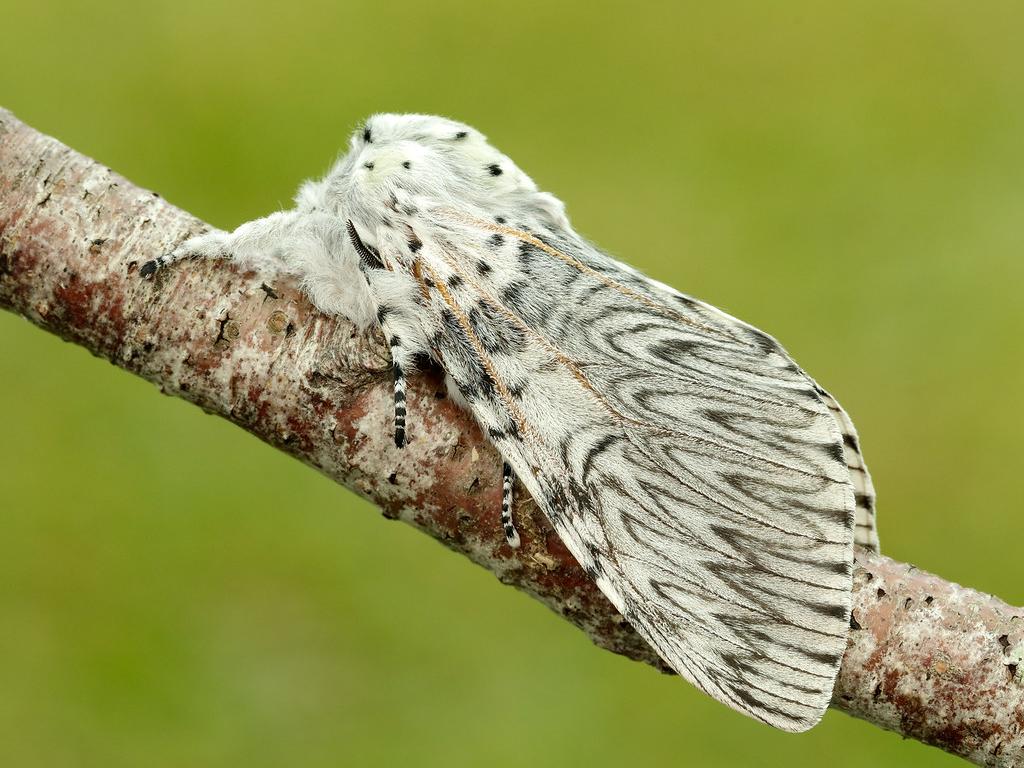
Puss moth - Iain Leach
Iain Leach
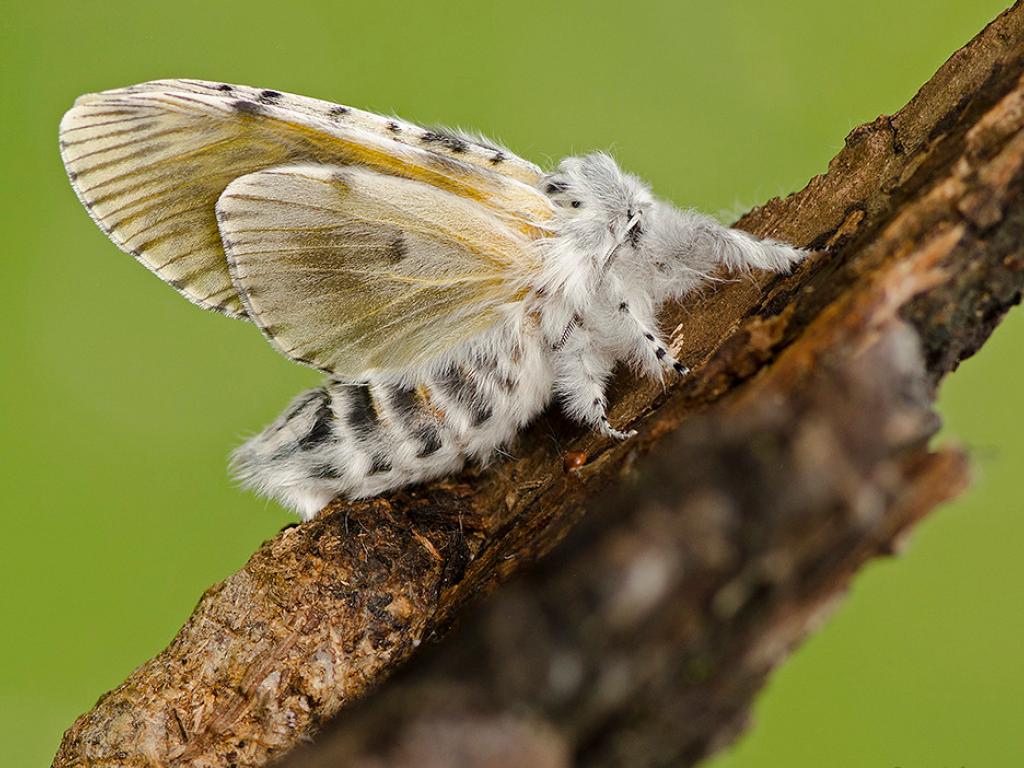
Puss moth (underwing) - Pete Withers
Pete Withers
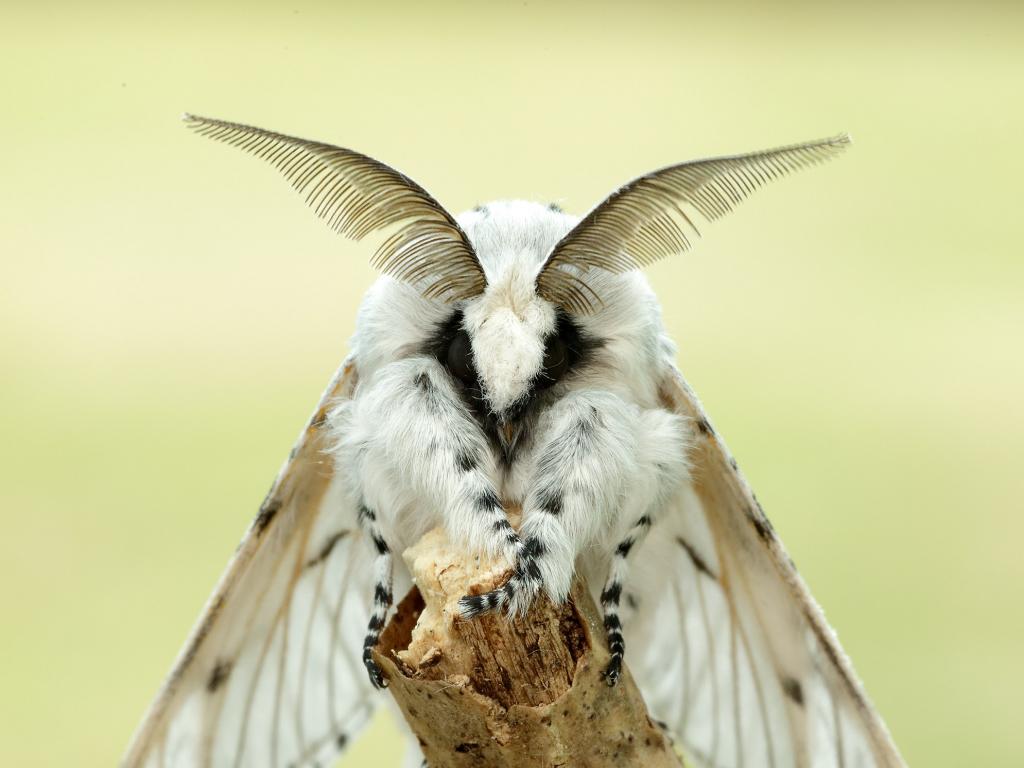
Puss moth - Iain Leach
Iain Leach
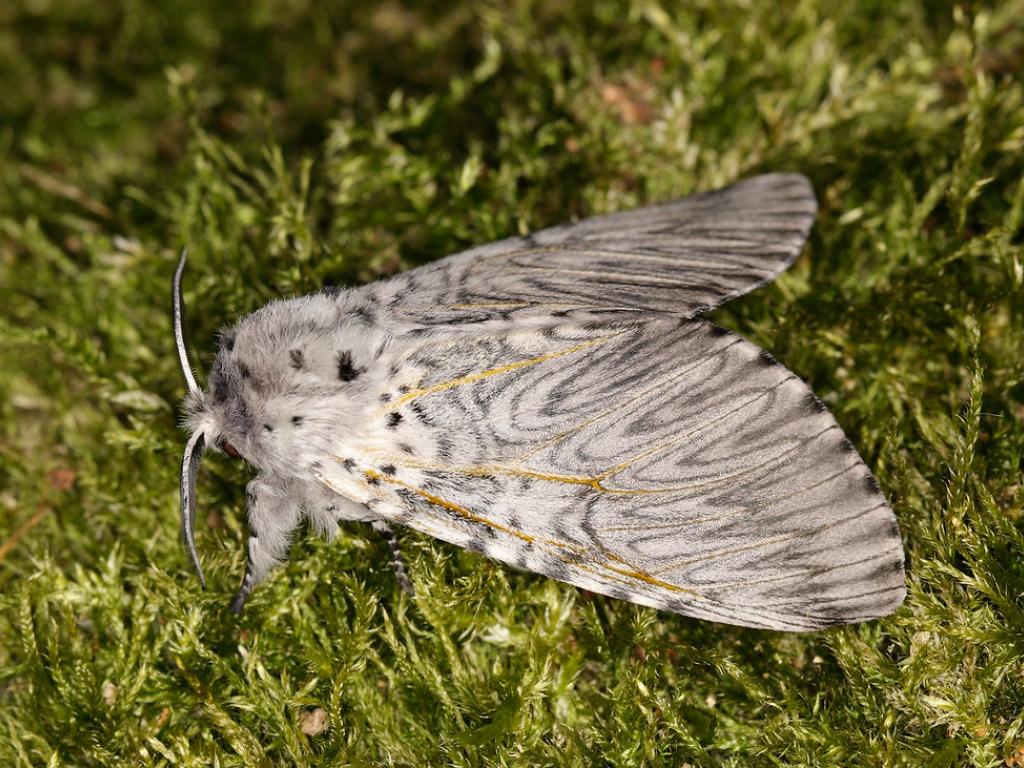
Puss moth - Iain Leach
Iain Leach
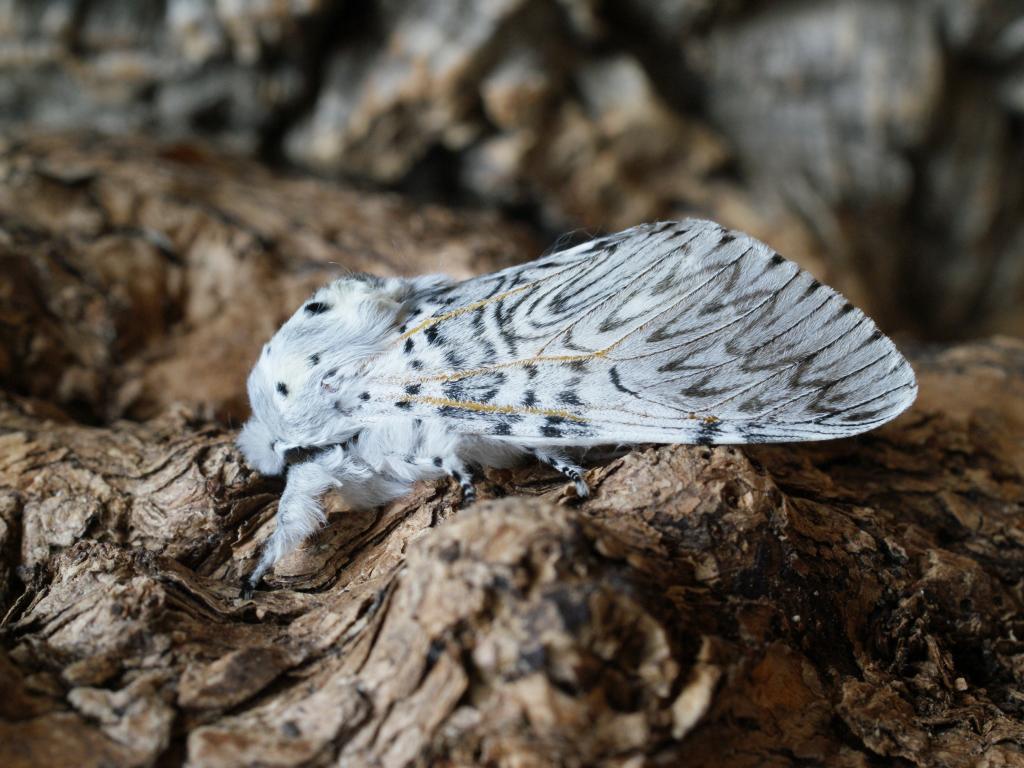
Puss moth - Dave Shenton
Dave Shenton
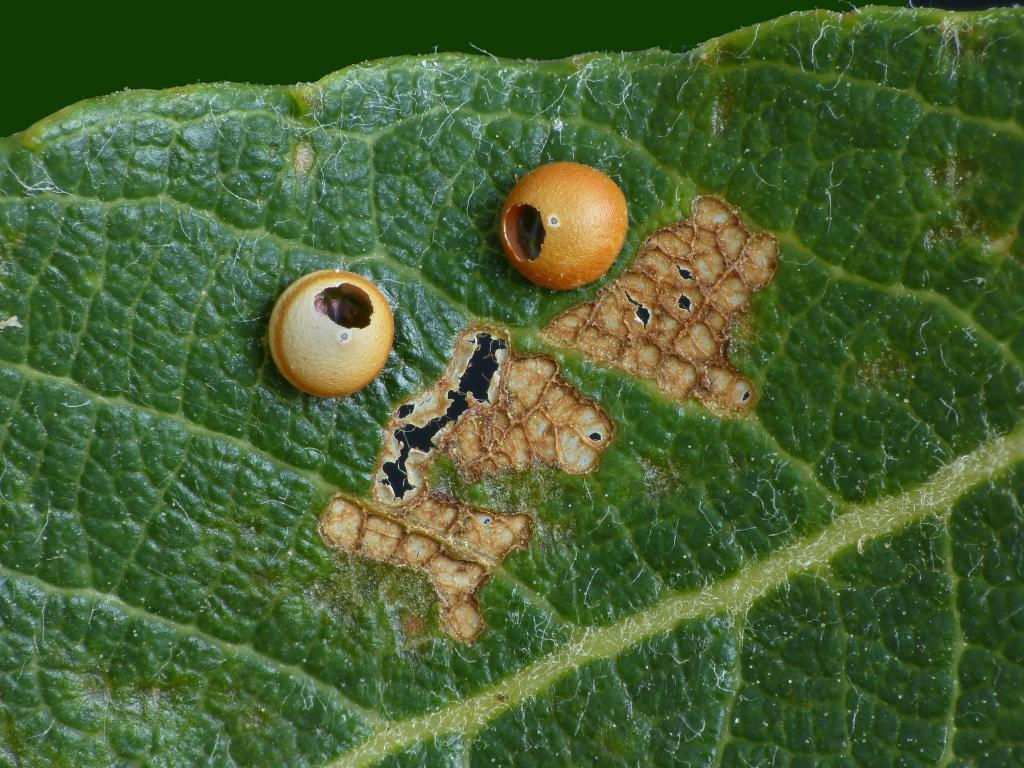
Puss moth (empty eggs) - Patrick Clement
Patrick Clement
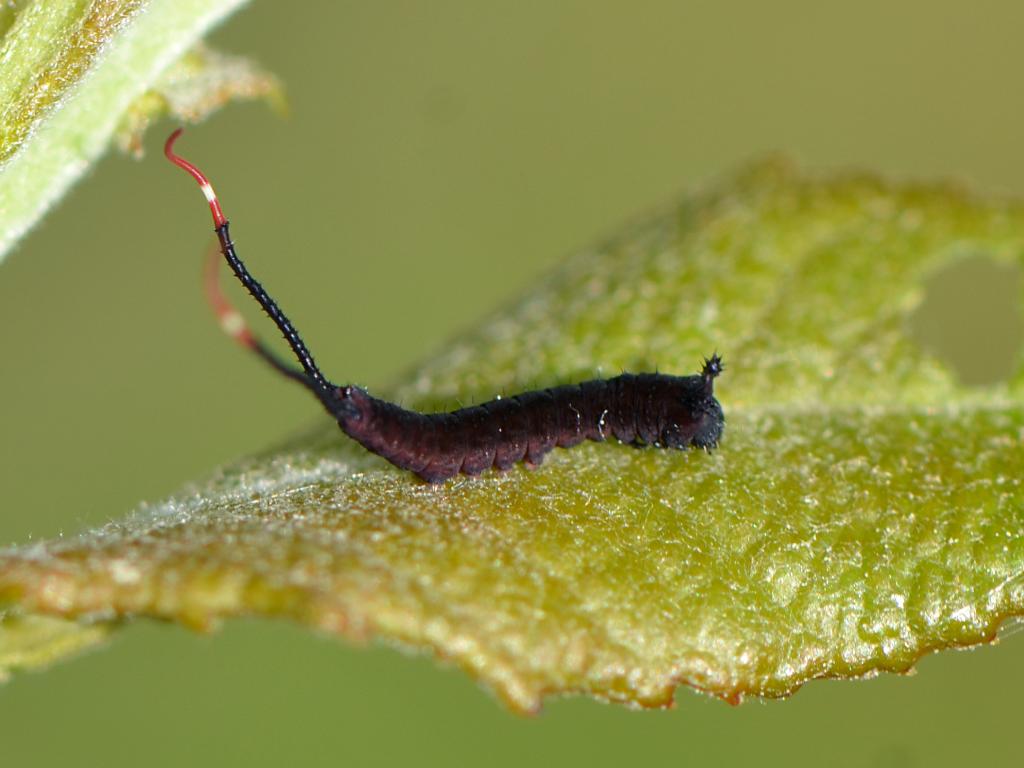
Puss moth (young caterpillar) - Vlad Proklov
Vlad Proklov
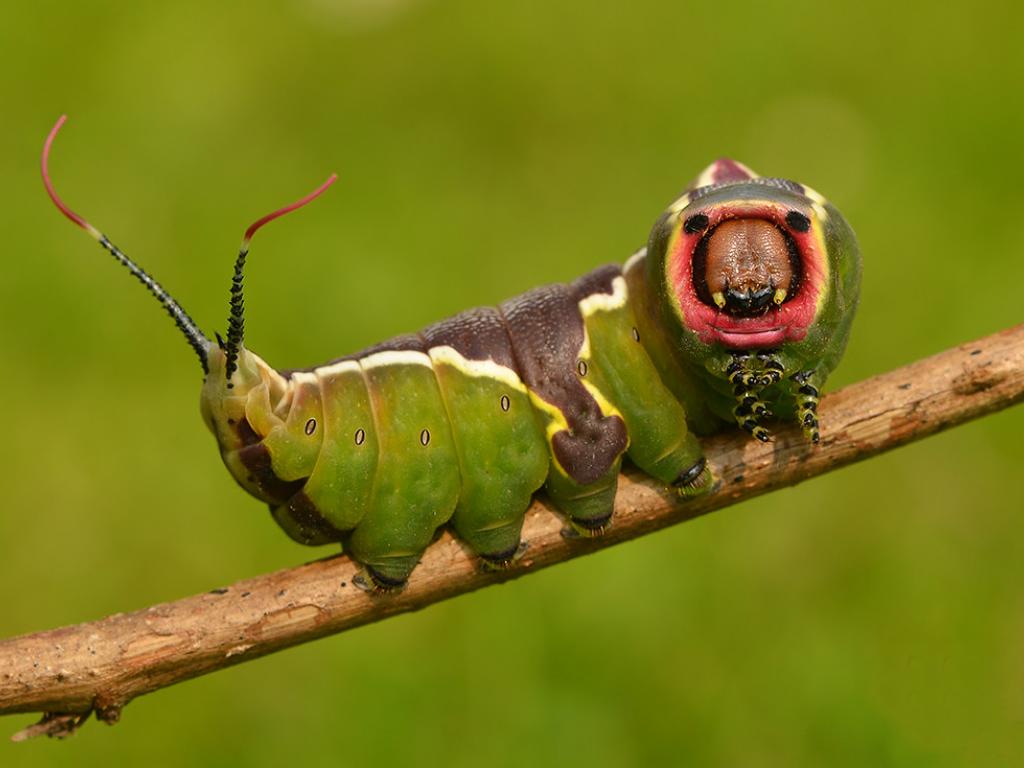
Puss moth (caterpillar in defence posture) - Pete Withers
Pete Withers
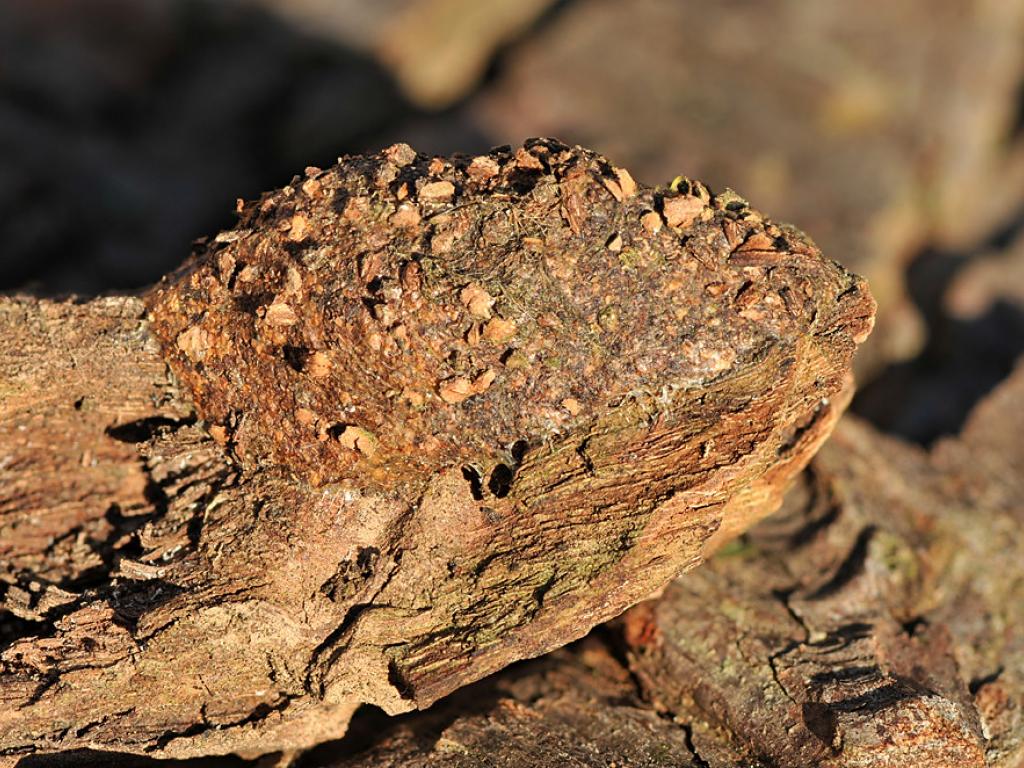
Puss moth (cocoon) - Pete Withers
Pete Withers